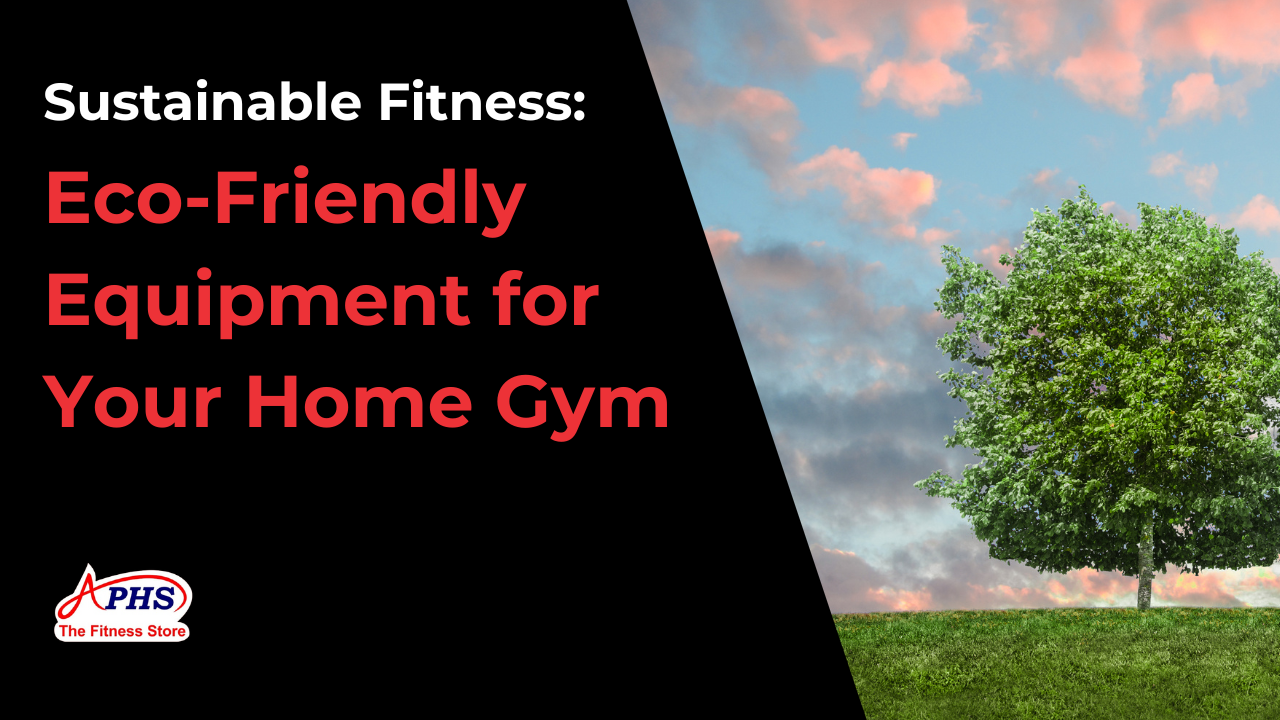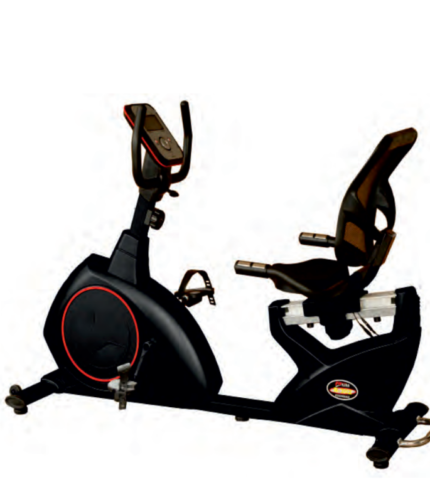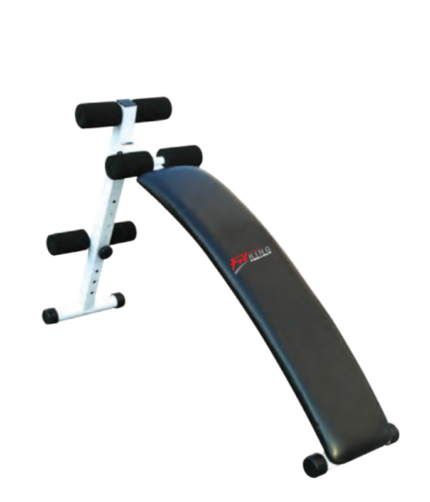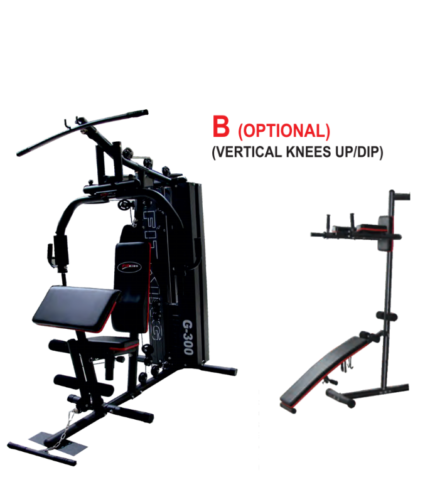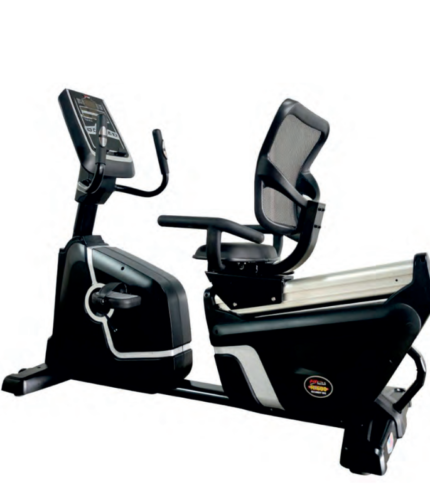In recent years, the fitness industry has seen a growing trend towards sustainability. With increasing awareness about the environmental impact of our lifestyle choices, many people are seeking eco-friendly alternatives in various aspects of their lives, including fitness. Building a sustainable home gym not only helps reduce your carbon footprint but also supports a healthier and more mindful lifestyle. In this blog, we will explore the concept of sustainable fitness and provide you with a comprehensive guide to eco-friendly equipment for your home gym.
The Importance of Sustainable Fitness
Sustainable fitness involves adopting practices and using products that minimize environmental impact. This includes choosing eco-friendly equipment, reducing energy consumption, and supporting brands that prioritize sustainability. Here are some reasons why sustainable fitness is important:
- Environmental Protection: Traditional fitness equipment is often made from non-recyclable materials and requires significant energy to produce. By choosing sustainable options, you can help reduce pollution and conserve natural resources.
- Health Benefits: Eco-friendly fitness equipment is typically made from non-toxic materials, which can be better for your health. Avoiding harmful chemicals and synthetic materials can create a healthier workout environment.
- Economic Savings: Sustainable fitness practices can also lead to cost savings. For example, energy-efficient equipment can reduce electricity bills, and durable, high-quality products can last longer, reducing the need for frequent replacements.
- Supporting Ethical Brands: By purchasing eco-friendly fitness equipment, you support companies that prioritize sustainability and ethical practices. This encourages more businesses to adopt environmentally friendly practices.
Key Features of Eco-Friendly Fitness Equipment
When looking for eco-friendly fitness equipment, consider the following features:
- Sustainable Materials: Look for equipment made from recycled, reclaimed, or sustainably sourced materials. This can include recycled rubber, bamboo, cork, and natural fibers.
- Energy Efficiency: Choose equipment that is energy-efficient or human-powered. This reduces energy consumption and minimizes your carbon footprint.
- Non-Toxic: Ensure that the equipment is free from harmful chemicals and toxins, such as PVC, phthalates, and heavy metals.
- Durability and Longevity: High-quality, durable equipment reduces waste by lasting longer and requiring fewer replacements.
- Recyclability: Opt for products that can be easily recycled at the end of their life cycle to further minimize environmental impact.
Top Eco-Friendly Fitness Equipment for Your Home Gym
Let’s explore some of the top eco-friendly fitness equipment options for your home gym:
1. Sustainable Yoga Mats
Yoga mats are a staple in many home gyms, but traditional mats are often made from PVC, a non-recyclable material. Instead, consider sustainable alternatives:
- Manduka PRO Yoga Mat: Made from eco-certified PVC, this mat is designed to last a lifetime, reducing the need for replacements. It also comes with a lifetime guarantee.
- JadeYoga Harmony Mat: Made from natural rubber, this mat is biodegradable and free from PVC, EVA, and other synthetic rubbers. For every mat sold, JadeYoga plants a tree.
- Yoloha Cork Yoga Mat: Made from sustainably harvested cork and natural rubber, this mat is both eco-friendly and non-toxic.
2. Eco-Friendly Resistance Bands
Resistance bands are versatile and compact, making them a great addition to any home gym. Look for bands made from natural or recycled materials:
- TheraBand Professional Latex Resistance Bands: Made from natural latex, these bands are durable and biodegradable.
- Gaiam Restore Resistance Bands: These bands are made from eco-friendly TPE, which is free from latex, PVC, and phthalates.
3. Sustainable Dumbbells and Kettlebells
Traditional dumbbells and kettlebells are often made from non-recyclable materials. Consider these eco-friendly alternatives:
- Yes4All Adjustable Dumbbells: These dumbbells are made from cast iron, a highly recyclable material. Their adjustable design also reduces the need for multiple sets.
- Kettlebell Kings Powder Coat Kettlebells: Made from recycled iron, these kettlebells are durable and eco-friendly. The powder coat finish is free from harmful chemicals.
4. Eco-Friendly Exercise Balls
Exercise balls are useful for core workouts and stability training. Look for options made from non-toxic, sustainable materials:
- Trideer Exercise Ball: Made from eco-friendly, non-toxic PVC, this exercise ball is durable and free from harmful chemicals.
- Gaiam Eco Total Body Balance Ball Kit: Made from non-toxic, latex-free PVC, this ball is designed for sustainability and safety.
5. Sustainable Cardio Equipment
Cardio equipment can consume a lot of energy, but there are eco-friendly options available:
- StairMaster HIITMill X: This human-powered treadmill requires no electricity and provides a challenging workout. It’s built to last, reducing the need for replacements.
- WaterRower Natural Rowing Machine: Made from sustainably sourced wood, this rowing machine uses water resistance for a smooth and natural rowing experience. It’s also energy-efficient and visually appealing.
6. Eco-Friendly Flooring
Choosing sustainable flooring for your home gym can make a big difference in its environmental impact:
- Cork Flooring: Cork is a renewable resource that provides excellent cushioning and insulation. It’s also naturally antimicrobial and hypoallergenic.
- Bamboo Flooring: Bamboo is a fast-growing, renewable resource that is durable and stylish. It’s also moisture-resistant, making it a good choice for home gyms.
- Recycled Rubber Flooring: Made from recycled tires, rubber flooring is durable, shock-absorbent, and slip-resistant. It’s also easy to clean and maintain.
Tips for Creating a Sustainable Home Gym
Building a sustainable home gym involves more than just choosing eco-friendly equipment. Here are some additional tips to make your home gym as environmentally friendly as possible:
1. Reduce, Reuse, Recycle
- Reduce: Minimize the amount of equipment you purchase by choosing versatile, multi-functional items. This not only saves space but also reduces waste.
- Reuse: Look for second-hand or refurbished equipment to give existing products a new life.
- Recycle: Properly recycle any old or broken fitness equipment to prevent it from ending up in a landfill.
2. Choose Energy-Efficient Lighting
- Use LED or CFL bulbs, which consume less energy and have a longer lifespan compared to traditional incandescent bulbs.
- Consider installing motion sensors or timers to ensure lights are only on when needed.
3. Optimize Heating and Cooling
- Use energy-efficient heating and cooling systems to maintain a comfortable temperature in your home gym.
- Ensure proper insulation to reduce energy consumption and maintain temperature more effectively.
4. Embrace Natural Light and Ventilation
- Maximize the use of natural light by setting up your home gym in a room with large windows.
- Use fans or open windows for natural ventilation, reducing the need for energy-consuming HVAC systems.
5. Support Sustainable Brands
- Research and support brands that prioritize sustainability and ethical practices. Look for certifications such as Fair Trade, B Corp, and Forest Stewardship Council (FSC) to ensure you are making eco-friendly choices.
The Future of Sustainable Fitness
The trend towards sustainability in fitness is expected to continue growing, with more innovative and eco-friendly products entering the market. Here are some future developments to watch for:
1. Biodegradable Materials
Advancements in material science are leading to the development of biodegradable fitness equipment. These products break down naturally at the end of their life cycle, reducing environmental impact.
2. Sustainable Manufacturing Processes
More companies are adopting sustainable manufacturing processes, such as using renewable energy sources and reducing waste. This trend is likely to continue as consumer demand for eco-friendly products increases.
3. Circular Economy Initiatives
The circular economy focuses on designing products that can be reused, repaired, and recycled. Fitness brands are beginning to embrace this concept by creating products with modular designs and offering take-back programs for recycling old equipment.
4. Increased Transparency
Consumers are demanding greater transparency from brands regarding their sustainability practices. As a result, more companies are providing detailed information about their environmental impact and efforts to reduce it.
Conclusion
Sustainable fitness is not just a trend; it’s a movement towards a healthier and more mindful lifestyle. By choosing eco-friendly equipment and adopting sustainable practices, you can reduce your environmental impact while creating a healthier workout environment. Whether you’re a seasoned fitness enthusiast or just starting your fitness journey, building a sustainable home gym is a worthwhile investment for both your health and the planet.
By supporting brands that prioritize sustainability and making conscious choices about the products you use, you can contribute to a greener future. So, as you set up your home gym, consider the eco-friendly options available and make a positive impact on the environment while achieving your fitness goals. Sustainable fitness is not only beneficial for you but also for generations to come.


